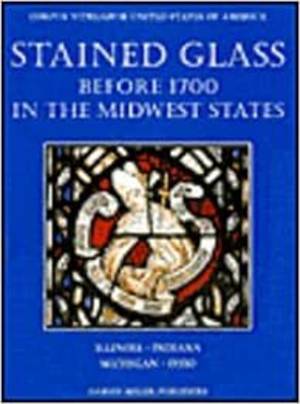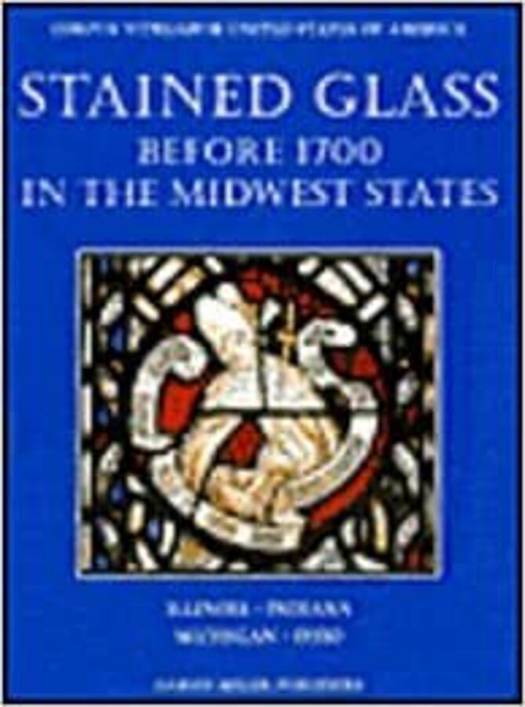
Je cadeautjes zeker op tijd in huis hebben voor de feestdagen? Kom langs in onze winkels en vind het perfecte geschenk!
- Afhalen na 1 uur in een winkel met voorraad
- Gratis thuislevering in België vanaf € 30
- Ruim aanbod met 7 miljoen producten
Je cadeautjes zeker op tijd in huis hebben voor de feestdagen? Kom langs in onze winkels en vind het perfecte geschenk!
- Afhalen na 1 uur in een winkel met voorraad
- Gratis thuislevering in België vanaf € 30
- Ruim aanbod met 7 miljoen producten
Zoeken
Stained Glass Before 1700 in the Collections of the Midwest States
'Illinois, Indiana, Michigan, Ohio'
Virginia C Raguin, Helen J Zakin
€ 106,00
+ 212 punten
Omschrijving
This is the first catalogue to appear in the newly launched American Corpus Vitrearum series. The collections in Indiana, Illinois, Michigan and Ohio include almost 200 panels of stained glass. The largest group is to be found in the Detroit Institute of Art; others are in the University of Michigan Museum of Art, Ann Arbor; the Cathedral Church of Saint Paul in Detroit; the Edsel and Eleanor Ford House and Cranbrook Academy of Art Museum. In Ohio, the Cleveland Museum of Art owns interesting panels, as does the Toledo Museum of Art. The glass in the Art Institue in Chicago is also catalogued here. The volumes offer the essential 'state of the question' of glass conservation as well as comprehensive contextual, iconographic and stylistic descriptions. The introduction discusses the nature of stained glass, its function as an art-form, as monumental art, and its relationship to architecture and other art-forms of the medieval and Renaissance periods. The authors touch particularly on cross-disciplinary issues, since the nature of the American glass collections is able to yield fascinating information on the history of changing taste, the social status of the collectors, thier attitudes towards religion, and the development of public museums in the nineteenth and twentieth centuries. Every panel catalogued is also fully illustrated, generally with several details, and frequently with comparative examples.
Specificaties
Betrokkenen
- Auteur(s):
- Uitgeverij:
Inhoud
- Aantal bladzijden:
- 600
- Taal:
- Engels
- Reeks:
- Reeksnummer:
- nr. 7
Eigenschappen
- Productcode (EAN):
- 9781872501000
- Verschijningsdatum:
- 5/03/2002
- Uitvoering:
- Hardcover
- Formaat:
- Genaaid
- Afmetingen:
- 238 mm x 325 mm
- Gewicht:
- 4327 g

Alleen bij Standaard Boekhandel
+ 212 punten op je klantenkaart van Standaard Boekhandel
Beoordelingen
We publiceren alleen reviews die voldoen aan de voorwaarden voor reviews. Bekijk onze voorwaarden voor reviews.









